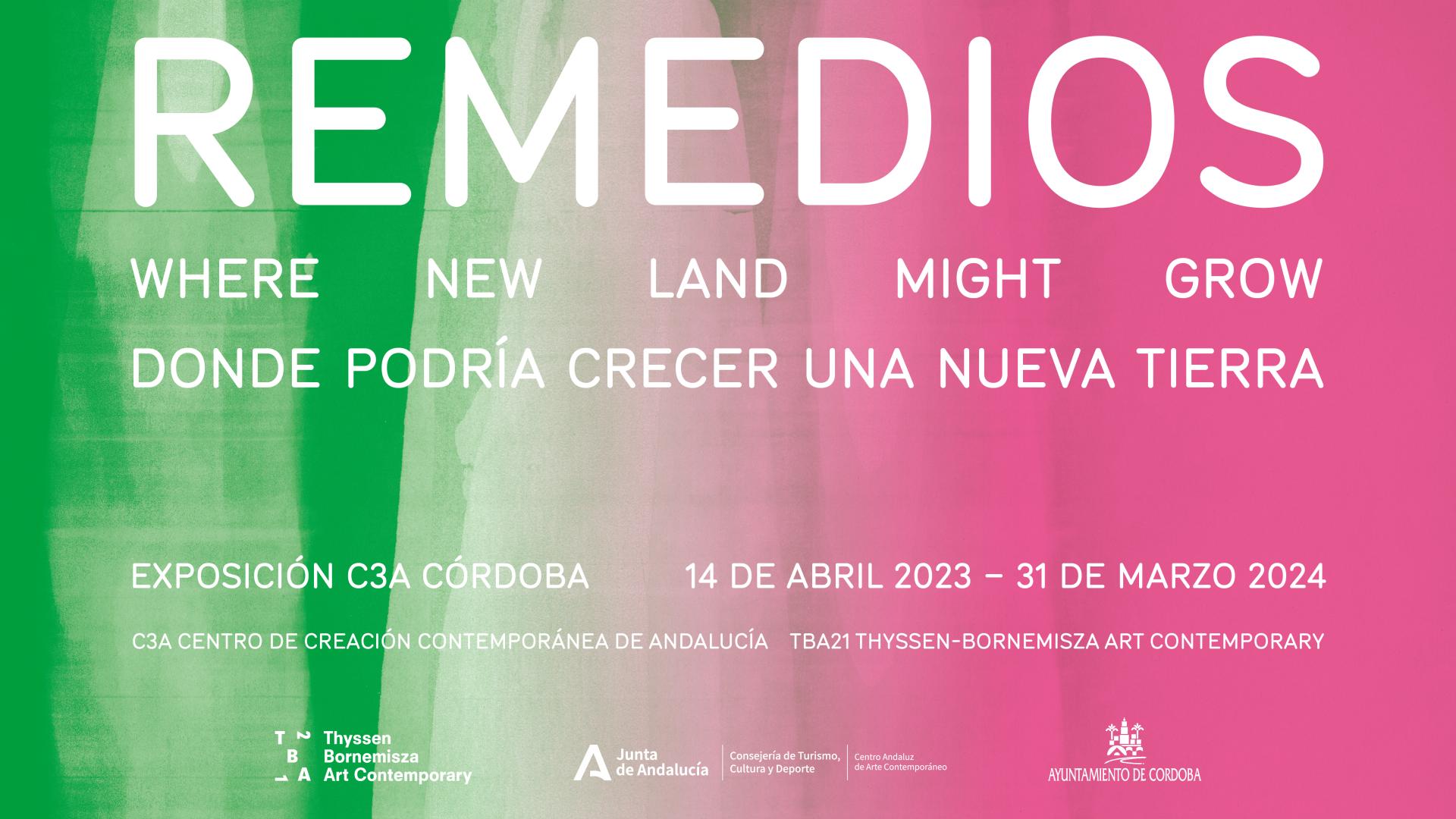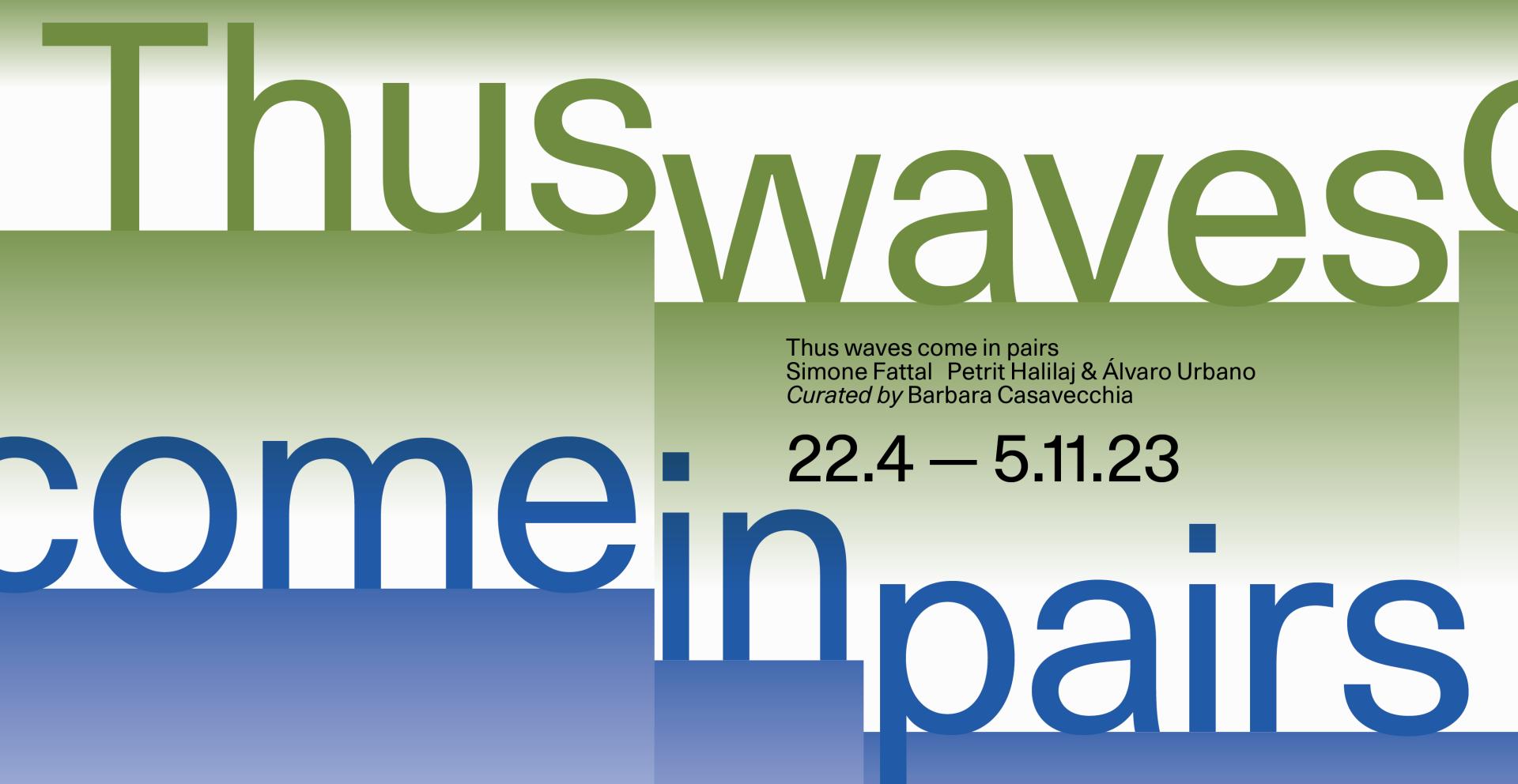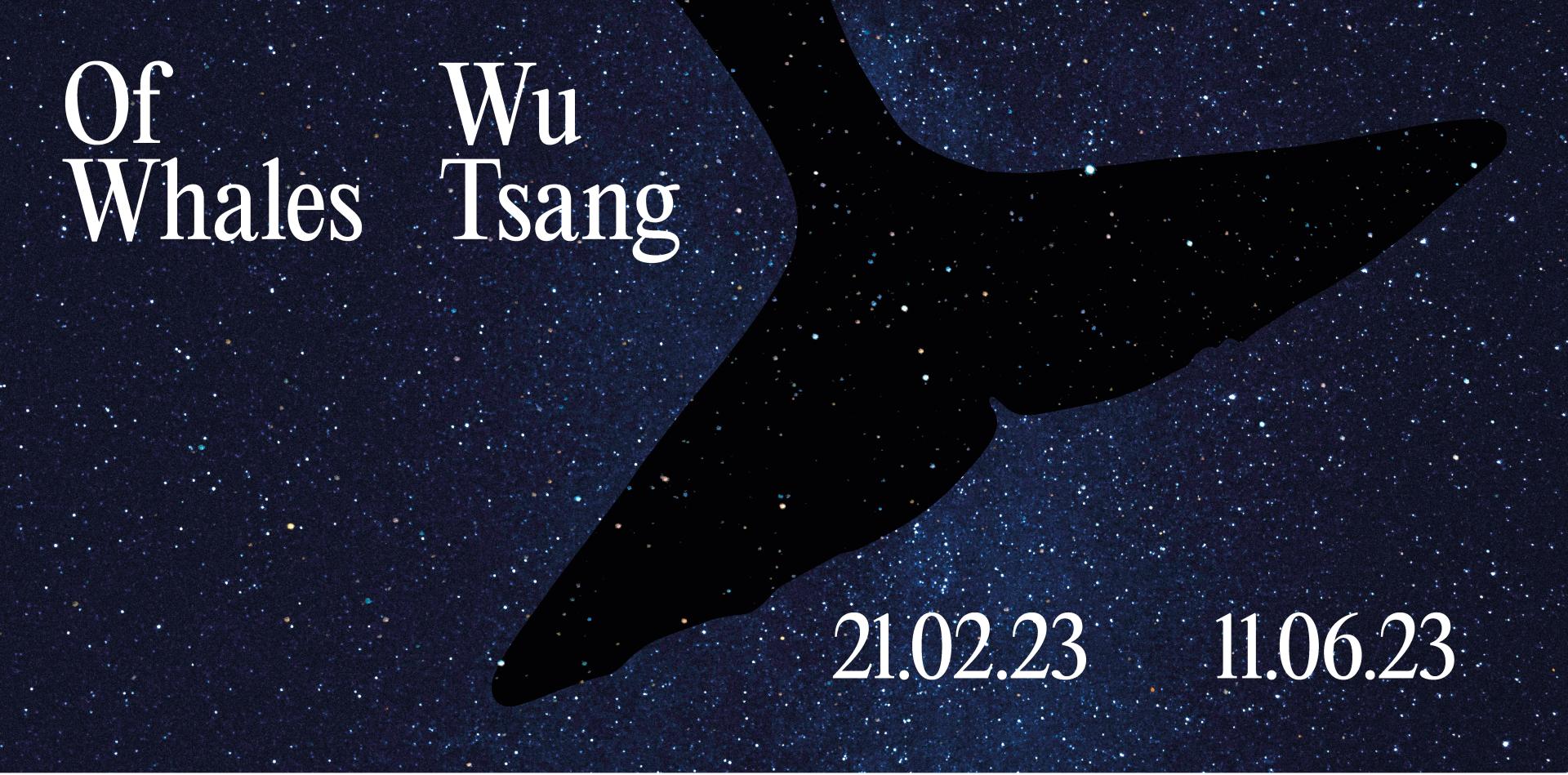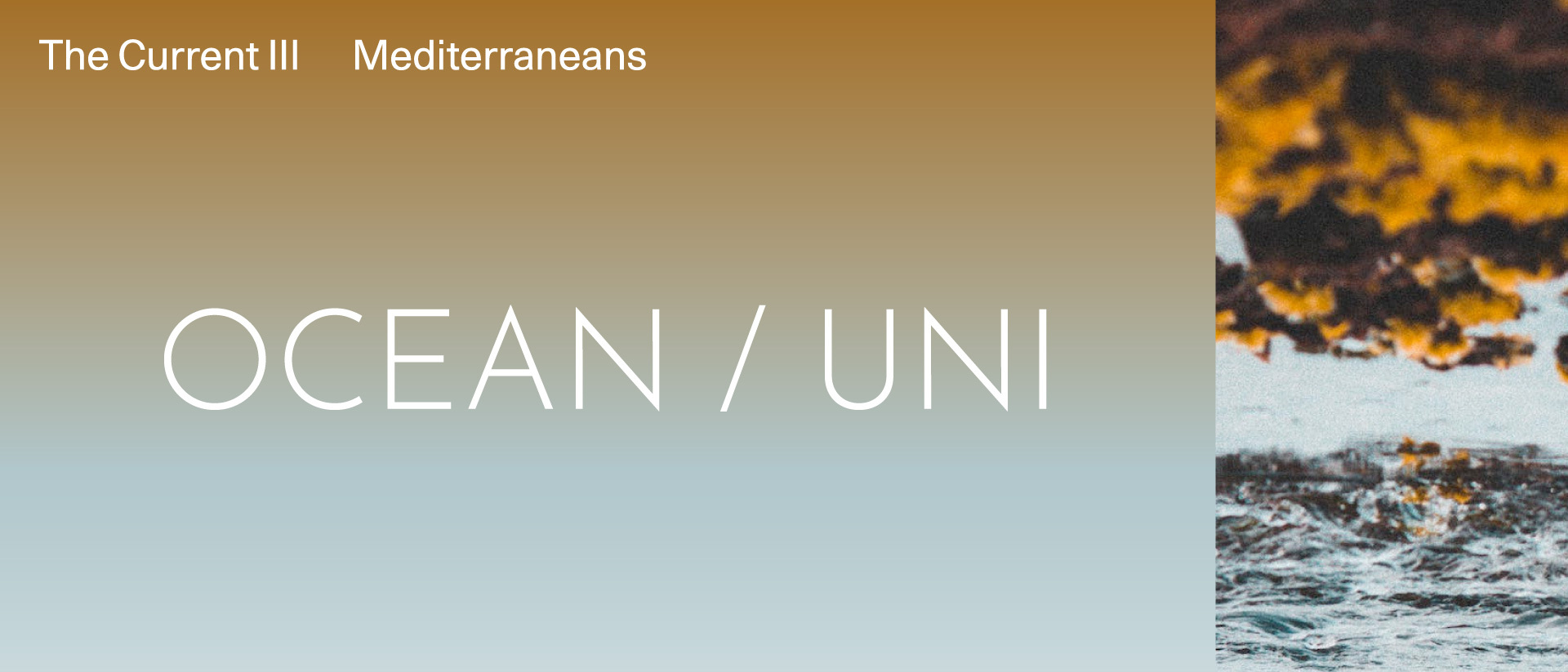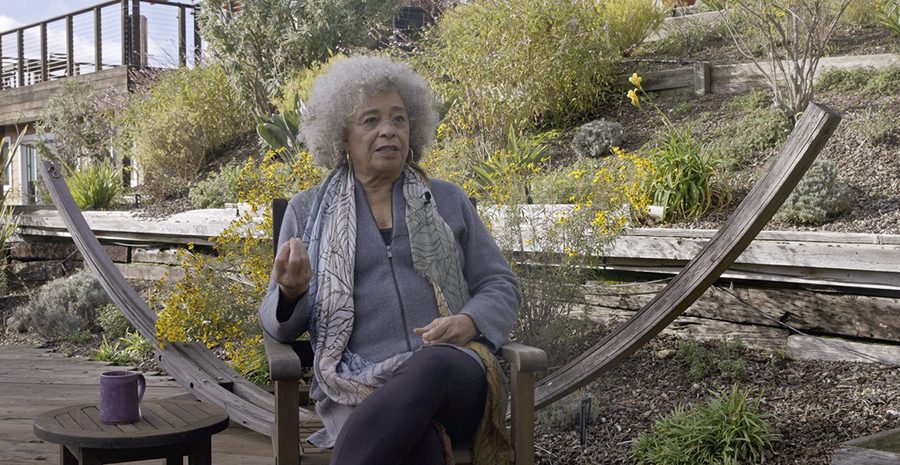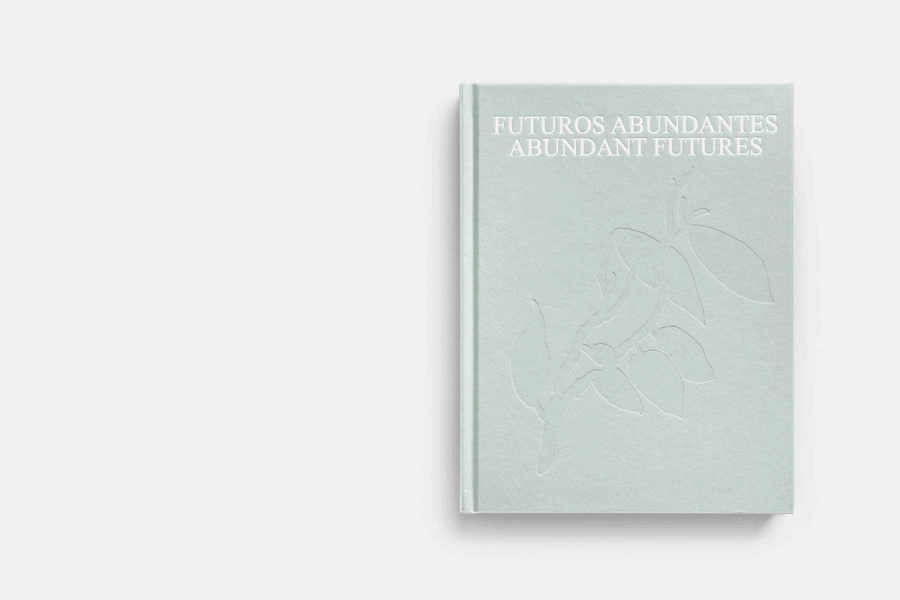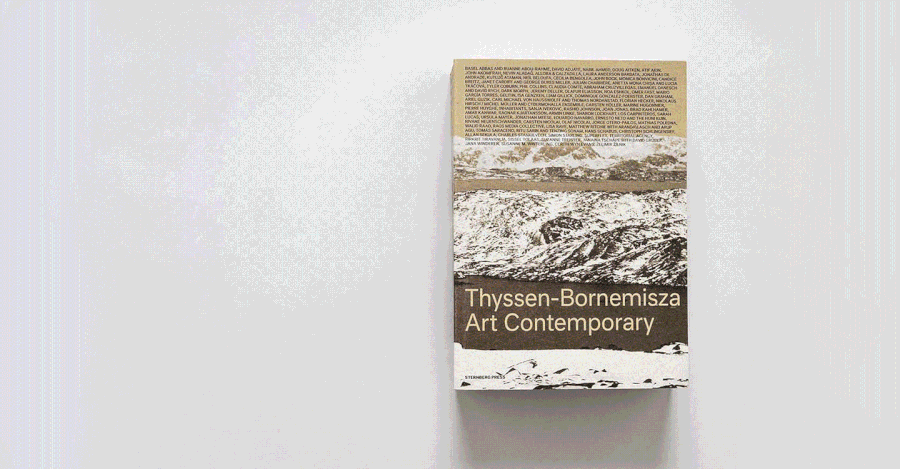Paradise 7, Daintree, Australia, 1998
Thomas Struth
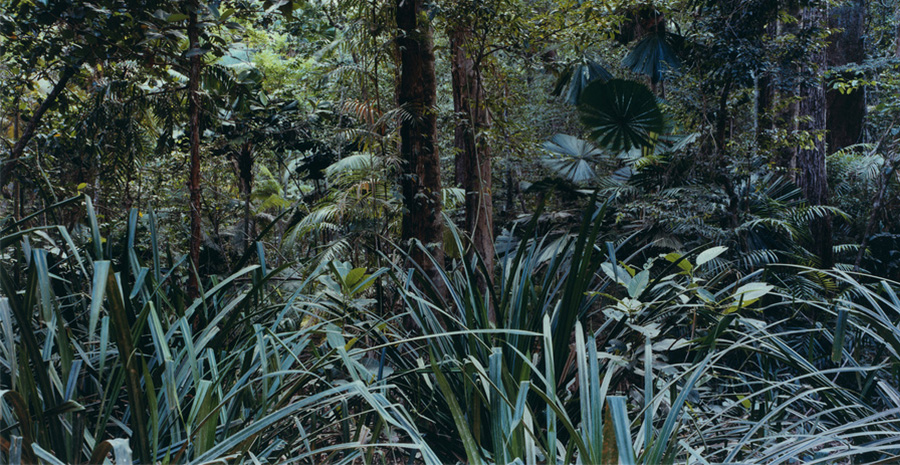
Photo: The artist | Courtesy Galerie Max Hetzler, Berlin, 2008, detail
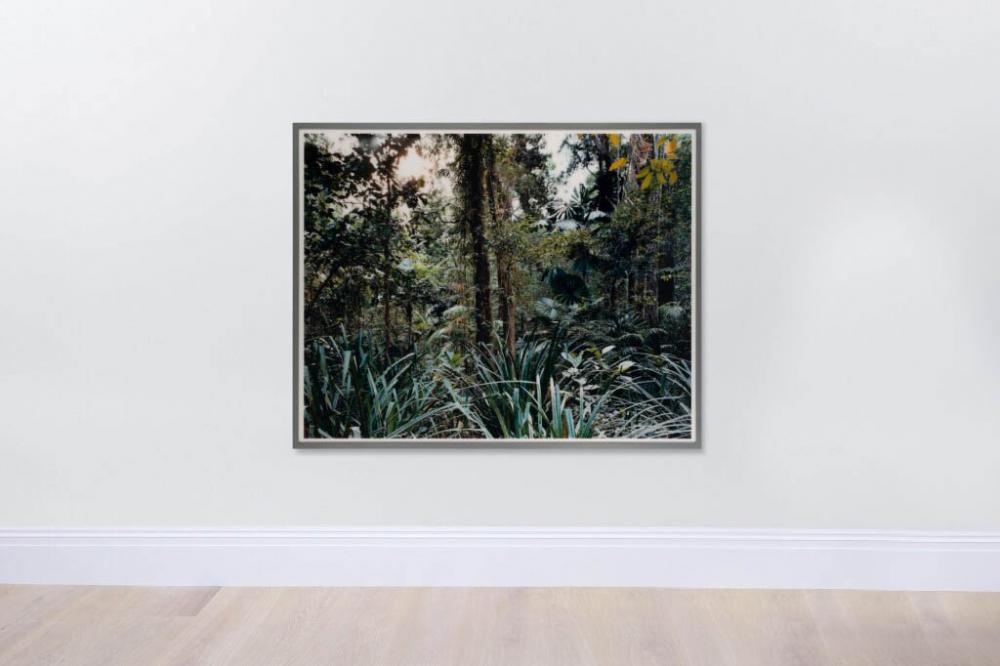
Collection
Chromogenic color print
177.2 x 224.9 cm
Urban landscapes, family portraits, jungles, forests, and museum interiors are some of the motifs Thomas Struth has worked on, in series, since the 1980s. His large-scale photographs, made using new printing techniques, are formally precise, visually riveting, and are notable for their sharp clarity. By engaging with traditional portrait, interior, and landscape genres, Struth’s images underscore how our understanding of these terms has shifted.
In 1998, the German photographer embarked on new a series of photographs of woods, rainforests, and jungles in Australia, Brazil, China, and Japan titled New Pictures from Paradise. Seeking to capture images whose contemplation was not mediated by an identifiable and otherwise significant motif, these photographs present “unconscious places” that reference and question representations of paradise throughout history and across different cultures. Photographed from a central perspective, Paradise 7, Daintree, Australia, portrays the Daintree Rainforest, the oldest lowland tropical rainforest in the world, thought to be around 180 million years old. Its lush understory shows a host of details but no real focal point. It draws the viewer into the mystical semidarkness of the jungle, the multi-layered and densely detailed greens of trees, bushes, tropical plants, and mossy trunks. The wealth of delicately branched information doesn’t allow the gaze to penetrate the depth of the image, and so Struth refers to them as illegible text. By virtue of its sense of “all-over” nature, Paradise functions as a membrane for meditation—a space emptied of signifiers to elicit a moment of stillness and internal dialogue.
177.2 x 224.9 cm
Urban landscapes, family portraits, jungles, forests, and museum interiors are some of the motifs Thomas Struth has worked on, in series, since the 1980s. His large-scale photographs, made using new printing techniques, are formally precise, visually riveting, and are notable for their sharp clarity. By engaging with traditional portrait, interior, and landscape genres, Struth’s images underscore how our understanding of these terms has shifted.
In 1998, the German photographer embarked on new a series of photographs of woods, rainforests, and jungles in Australia, Brazil, China, and Japan titled New Pictures from Paradise. Seeking to capture images whose contemplation was not mediated by an identifiable and otherwise significant motif, these photographs present “unconscious places” that reference and question representations of paradise throughout history and across different cultures. Photographed from a central perspective, Paradise 7, Daintree, Australia, portrays the Daintree Rainforest, the oldest lowland tropical rainforest in the world, thought to be around 180 million years old. Its lush understory shows a host of details but no real focal point. It draws the viewer into the mystical semidarkness of the jungle, the multi-layered and densely detailed greens of trees, bushes, tropical plants, and mossy trunks. The wealth of delicately branched information doesn’t allow the gaze to penetrate the depth of the image, and so Struth refers to them as illegible text. By virtue of its sense of “all-over” nature, Paradise functions as a membrane for meditation—a space emptied of signifiers to elicit a moment of stillness and internal dialogue.
Born in 1954 in Geldern, Germany. Lives in Berlin, Germany.



